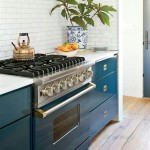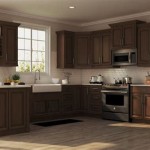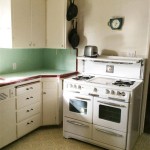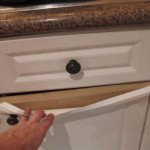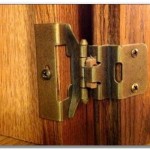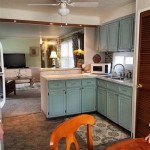Essential Aspects of Hanging Cabinet Design for Small Kitchen Images
When creating functional and visually appealing small kitchens, optimizing storage and maximizing space utilization are paramount. Hanging cabinets play a significant role in achieving these goals, and their design should consider various essential aspects to enhance the overall efficiency and aesthetics of the space.
Below, we delve into the key elements to consider for successful hanging cabinet design in small kitchens, ensuring optimal functionality, organization, and style.
1. Height and Depth:
Appropriate height and depth are crucial for hanging cabinets in small kitchens. The height should allow for easy reach without obstruction, while the depth should be sufficient to accommodate essential items without feeling cramped. Consider the height of the cook and the kitchen ceiling when determining the cabinet height. For depth, aim for cabinets that provide ample storage capacity without overwhelming the space.
2. Cabinetry Materials:
The materials used for hanging cabinets can influence their durability, aesthetics, and maintenance. Choose durable materials like solid wood or high-quality laminate that can withstand moisture and wear. For a modern touch, consider glossy finishes or glass-front cabinets to reflect light and create a more spacious illusion.
3. Opening Mechanisms:
The type of opening mechanism for hanging cabinets affects their accessibility and usability. Hinged doors are traditional and easy to operate, but they require ample clearance for opening. Sliding doors are a space-saving option that allows cabinets to be tucked away when not in use. Consider up-lift doors for upper cabinets to maximize vertical space while providing easy access.
4. Cabinet Door Styles:
The style of cabinet doors can impact the overall appearance and functionality of the kitchen. Shaker-style doors are classic and versatile, while flat-panel doors offer a modern and sleek aesthetic. Avoid overly ornate or detailed doors, as they can overwhelm small kitchens. Choose door styles that complement the existing décor and create a cohesive design.
5. Hardware and Finishes:
Hardware such as handles and knobs can enhance the aesthetics and functionality of hanging cabinets. Select hardware that is both durable and stylish, and consider the overall color scheme and style of the kitchen. Brushed nickel or matte black finishes can add a touch of sophistication and durability.
6. Lighting and Ventilation:
Proper lighting and ventilation are essential for any kitchen, and hanging cabinets play a role in optimizing these aspects. Install under-cabinet lighting to illuminate countertops and work areas, while adding a light fixture above the cabinets to provide general illumination. Ensure adequate ventilation by incorporating an exhaust fan or range hood to remove cooking odors and moisture.
7. Organization and Storage:
Hanging cabinets should be designed to maximize storage and organization. Consider installing shelves, drawers, or pull-out organizers to keep items orderly and easily accessible. Utilize vertical space by adding stackable shelves or corner cabinets. By optimizing storage solutions, you can keep the kitchen clutter-free and improve functionality.

Image Result For Hanging Cabinet Design Small Kitchen Simple Cabinets

Display Cabinets Above Breakfast Bar Not The Right Colors But Similar Idea Interior Design Kitchen Remodel Small Bedroom

Http Www Ireado Com Functional Hanging Kitchen Cabinets Kitch Design Small Interior Modern

Kitchen Cabinets Design Ideas For Small Spaces Tiger Cabinetry

8 Small Kitchen Design Ideas For Inspiration Myhome Renovation Tiny House Storage Diy

15 Design Ideas For Kitchens Without Upper Cabinets

Stock Kitchen Hanging Cabinet Wall Bedroom Mounted Storage Lazada Ph

Modular Kitchen Solutions For Short People Designcafe

15 Stunning Kitchen Cabinet Designs In Singapore With 5 Essential Tips

10 Voucher Hanging Cabinet Kitchen Wooden Wall Balcony Storage For Lazada Ph
Related Posts


